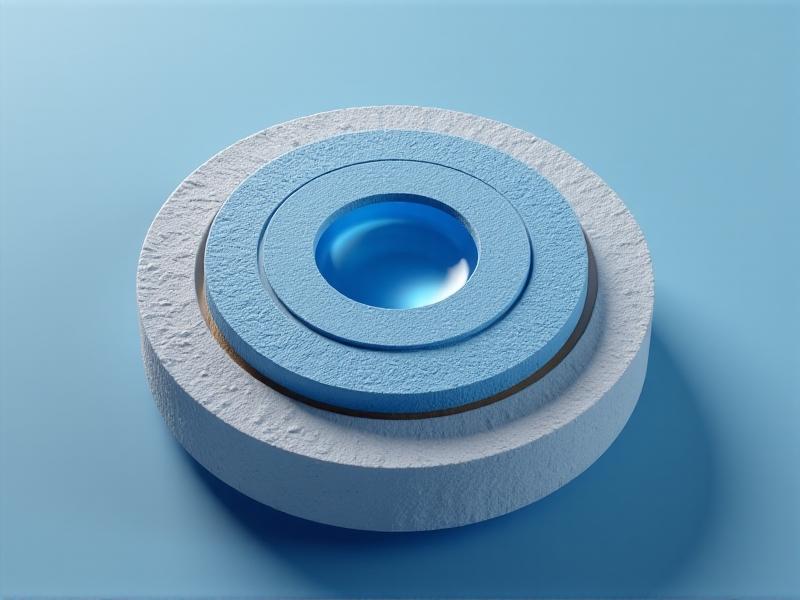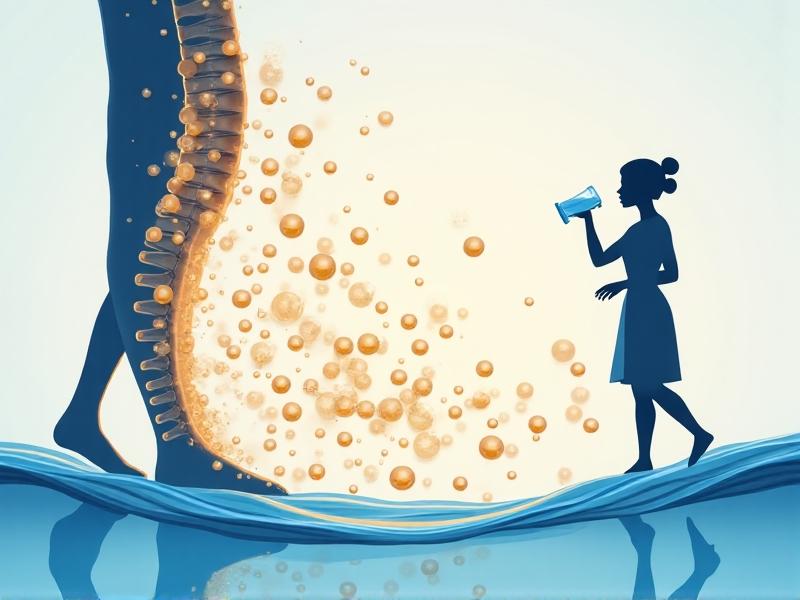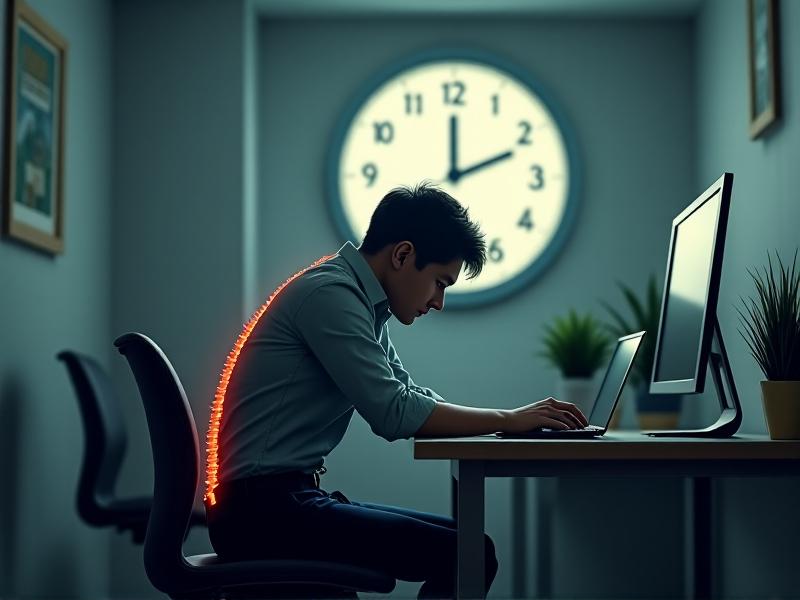```html
Understanding Disc Dehydration: The Silent Threat to Spinal Health
Spinal discs are fluid-filled cushions between vertebrae, acting as shock absorbers during movement. Over time, factors like aging, poor posture, and prolonged sitting can lead to disc dehydration—a loss of water content that reduces disc elasticity and height. Dehydrated discs increase spinal rigidity, heighten injury risk, and contribute to chronic back pain. For desk workers, hours of static posture accelerate this process, as sustained pressure squeezes fluid from discs without adequate recovery time. Recognizing this invisible threat is the first step toward prevention.

The Science of Hydration: How Water Fuels Disc Resilience
Discs rely on osmotic pressure to draw water from surrounding tissues—a process requiring proper electrolyte balance and regular movement. Unlike muscles, discs lack direct blood supply, making them dependent on mechanical pumping action from spinal motion to replenish fluids. When sedentary, this nutrient exchange stalls. Adequate daily water intake (2.5-3.7 liters for men, 2.0-2.7 liters for women) maintains the body’s osmotic balance, while electrolytes like sodium and potassium regulate fluid retention within discs. Think of hydration as a dual strategy: systemic intake and localized replenishment through movement.

Workplace Culprits: Habits That Drain Disc Hydration
Common office routines silently sabotage disc health. Slouching in chairs increases disc pressure by 40% compared to standing. Screen positioning below eye level forces neck flexion, compressing cervical discs. Even "ergonomic" kneeling chairs can lock the pelvis into unfavorable angles. The real villain? Immobility. Research shows discs lose up to 25% of their hydration during eight hours of sitting. Brief standing breaks every 30 minutes can recover 95% of lost fluid. Awareness of these hidden risks empowers smarter daily choices.

Strategic Hydration: Beyond the Water Bottle
While drinking water is essential, optimizing absorption matters more. Start the day with 500ml of water containing a pinch of Himalayan salt to jumpstart electrolyte balance. Snack on cucumber, celery, and watermelon—foods with high water activity that provide sustained hydration. Avoid excessive caffeine by alternating with herbal teas. Consider collagen supplements rich in glycine and proline, amino acids critical for disc matrix repair. Pair these habits with timed hydration breaks: drink 250ml every 90 minutes, synchronized with movement pauses to enhance disc uptake.

Ergonomic Engineering: Designing a Disc-Friendly Workspace
Transform your desk into a hydration station. Use a saddle stool to maintain a 135-degree hip angle, reducing lumbar pressure. Position monitors at eye level using risers, keeping the neck neutral. Invest in a sit-stand desk with memory presets, alternating positions hourly. Add a wobble cushion to engage micro-movements while seated. Keyboard trays should allow elbows to rest at 100-110 degrees, preventing shoulder elevation that strains thoracic discs. These tweaks create continuous opportunities for fluid redistribution within discs.
Movement as Medicine: Exercises That Rehydrate Discs
Certain exercises act like sponges for parched discs. Try the "lumbar floss": lie prone, propped on forearms, and gently arch the lower back for 60 seconds. This position creates negative pressure, pulling fluid into discs. Seated spinal circles—slowly rotating the pelvis clockwise/counter-clockwise—pump fluids through the sacral region. For every hour worked, perform three minutes of cat-cow stretches or thoracic rotations. These movements mimic the disc’s natural pumping mechanism, reversing the dehydrating effects of stillness.
Tech-Assisted Tracking: Gadgets That Keep Discs Hydrated
Leverage technology to maintain hydration discipline. Wearables like the Lumo Lift monitor slouching and vibrate to prompt posture resets. Smart water bottles (e.g., HidrateSpark) sync with fitness trackers, lighting up when it’s time to sip. Apps like PostureZone use AI to analyze webcam footage for harmful positions. For advanced users, a Bluetooth-connected seat cushion (Titan) measures sitting pressure distribution, suggesting optimal weight shifts. These tools transform abstract health goals into actionable, real-time feedback.
Long-Term Defense: Building Habits That Outlast Willpower
Sustainable disc health requires habit stacking. Attach hydration breaks to existing routines: drink after sending an email, stretch during Zoom load times. Use calendar blocking to schedule seven-minute mobility sessions every two hours. Over six weeks, these micro-habits rewire neural pathways, making disc care automatic. Periodically assess progress through simple tests: morning toe touches (measures hamstring/lumbar flexibility) and seated lateral reaches (assesses thoracic mobility). Celebrate small wins—each hydrated disc is a step toward lifelong spinal vitality.





